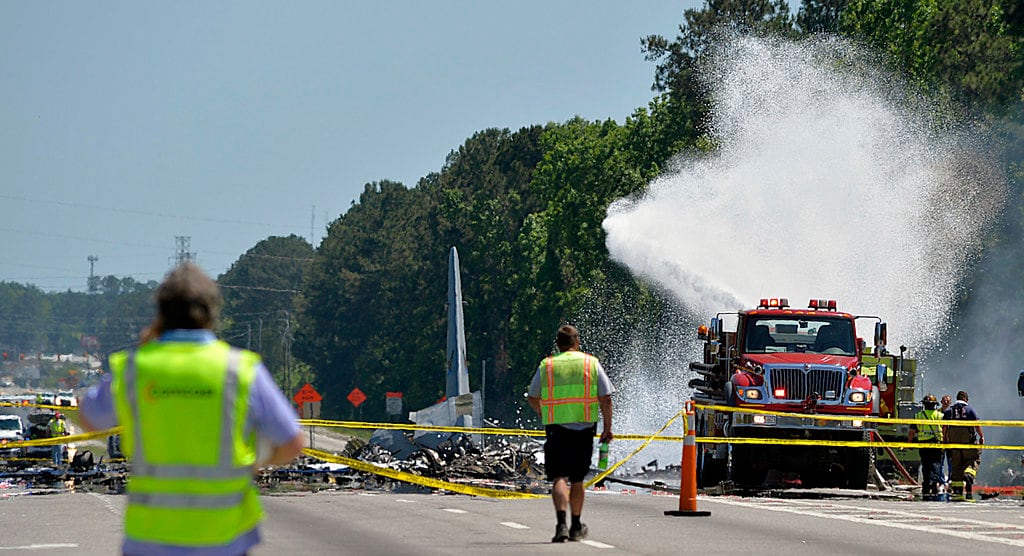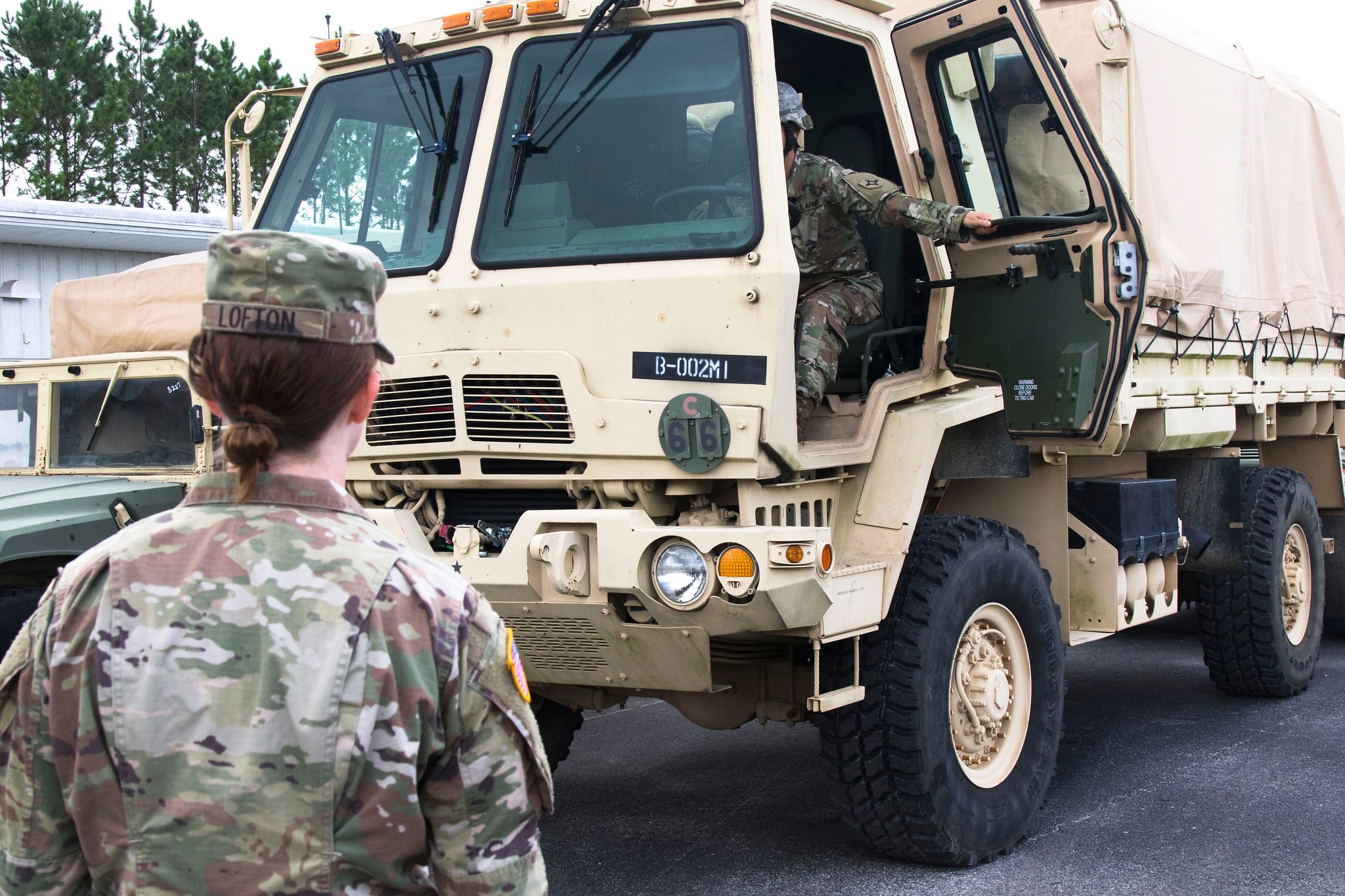When Hurricane Maria ripped through Puerto Rico in 2017, it took with it some key buildings, like National Guard readiness centers, a power substation and some maintenance facilities.
The funding to rebuild those is now up in the air, after the Pentagon announced Tuesday it would divert $3.6 billion slated for military construction projects and instead use it to construct barriers on the US-Mexico border, but the four-star in charge of the Guard told Military Times on Thursday he did not consider the plans canceled.
“They were going to be executed at some point off in the future, so I think there’s a chance that we could ― they’re just delayed,” Air Force Gen. Joseph Lengyel, chief of the National Guard Bureau, said. “They’re deferred until we find money.”
The 10 targeted projects had mostly been scheduled for contract awards in late 2020 or early 2021.
A senior defense official, who declined to be quoted on the record, told reporters Wednesday that longer-term projects were selected with the hope that funding could be rearranged before key deadlines.
Among Puerto Rico’s projects are readiness centers in Arroyo and Camp Santiago, as well as a maneuver training area equipment site and a power substation.
One project, an aircraft maintenance hangar, won’t be needed, Lengyel said.
“Puerto Rico is going to a mission that doesn’t have aircraft anymore, so I think some of that stuff is going to work itself out,” he said.
They’re phasing out their aged WC-130 fleet, one of which was the cause of a deadly crash last year in Georgia.
RELATED

“It wasn’t really as a result of the crash or because of the crash,” he said of the decision to discontinue any missions that required them, which coincidentally came after Hurricane Maria had damaged their facilities. “Those aircraft were essentially not mission-capable.”
As far as the other projects, Lengyel said, a lack of working facilities isn’t hamstringing their organizations.
“From a National Guard military training perspective, we’ve been able to have work-arounds, and maintain their training as military organizations,” he said. “I’m not aware of any restraints of training shortfalls as a result of Hurricane Maria.”
Hurricane Dorian response
As this year’s hurricane season ramps up, Puerto Rico has stayed out of the fray, but Guard troops have been mobilized throughout the southeastern United States.
Almost 5,000 Florida Guardsmen were activated in all, Lengyel said, though they are beginning to draw down now that the Category 2 storm has passed. About 1,500 each in Georgia and South Carolina, with more going on duty as the storm moves toward North Carolina.
“As this thing has projected up the coast, states have adjusted their activated National Guards to respond as necessary,” Lengyel said.
That has mostly involved helping with evacuations, he said, as well as search and rescue in flooded areas.
“We’re still watching it. It’s still a dangerous storm,” he said. “If anything, it’s proven it’s unpredictable.”

The Guard hasn’t received any formal requests for assistance from the storm-ravaged Bahamas, he added, but members on on the ground there.
As part of their state partnership program, the Bahamas and Rhode Island are matched up. Rhode Island Guardsmen have been taking the lead in helping assess damage.
“I’m aware that they’re there coordinating potential requirements for this response," Lengyel said.
Meghann Myers is the Pentagon bureau chief at Military Times. She covers operations, policy, personnel, leadership and other issues affecting service members.





